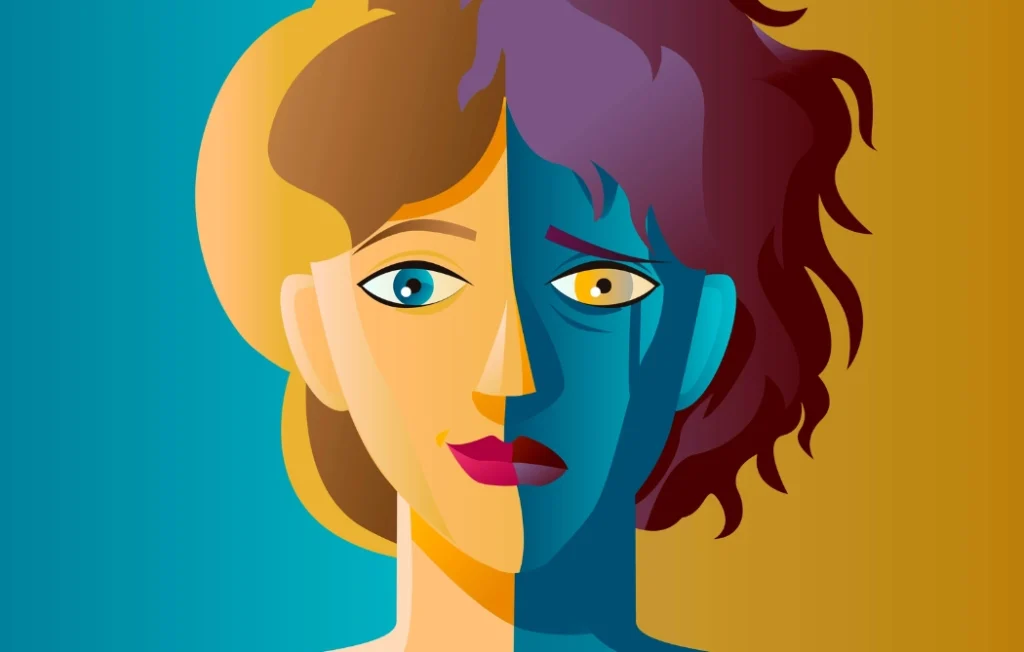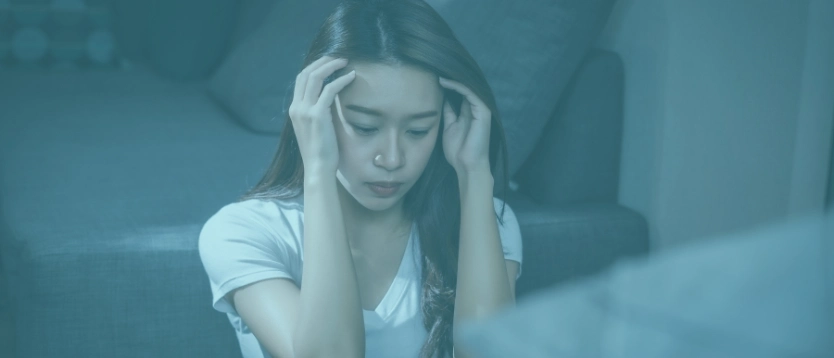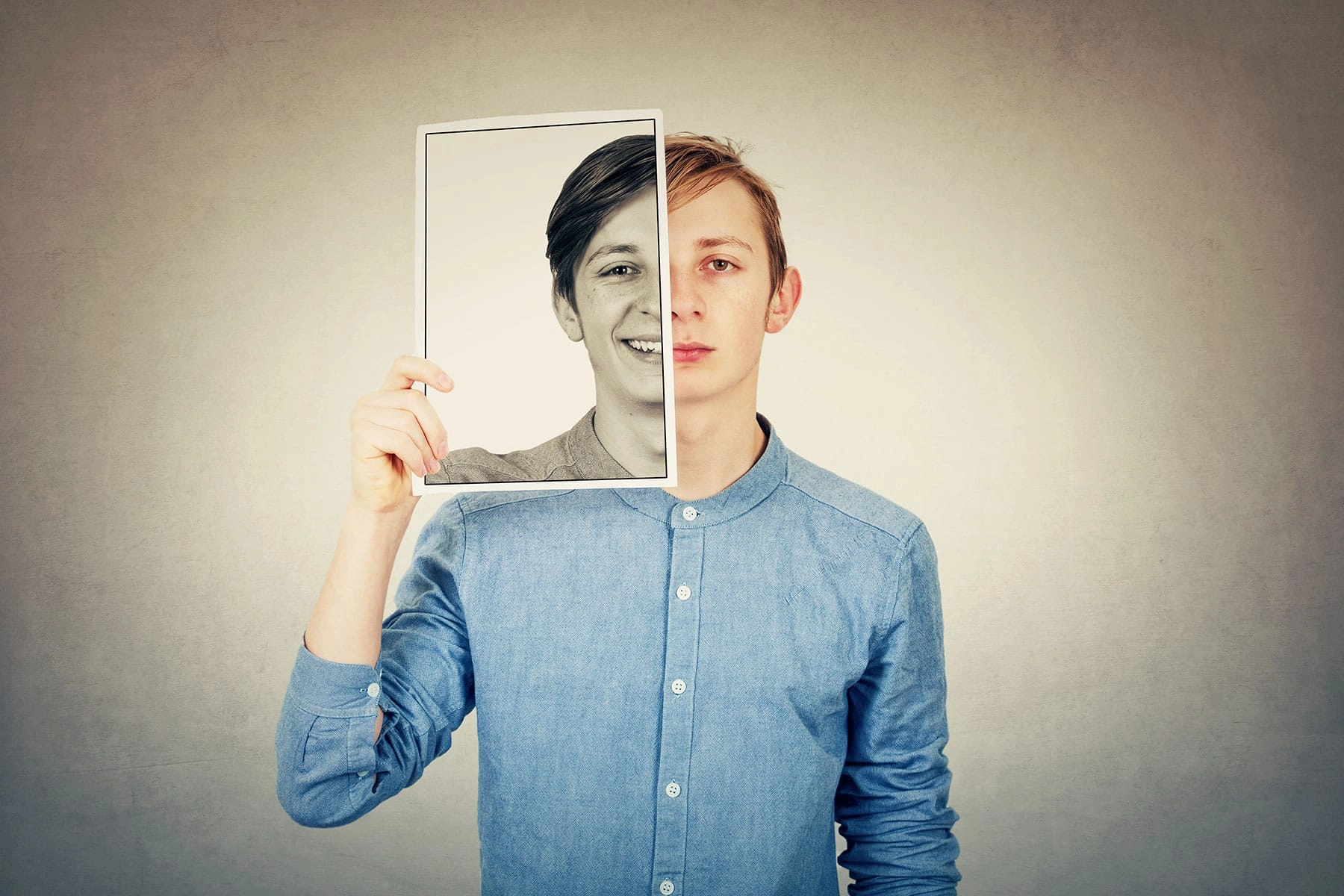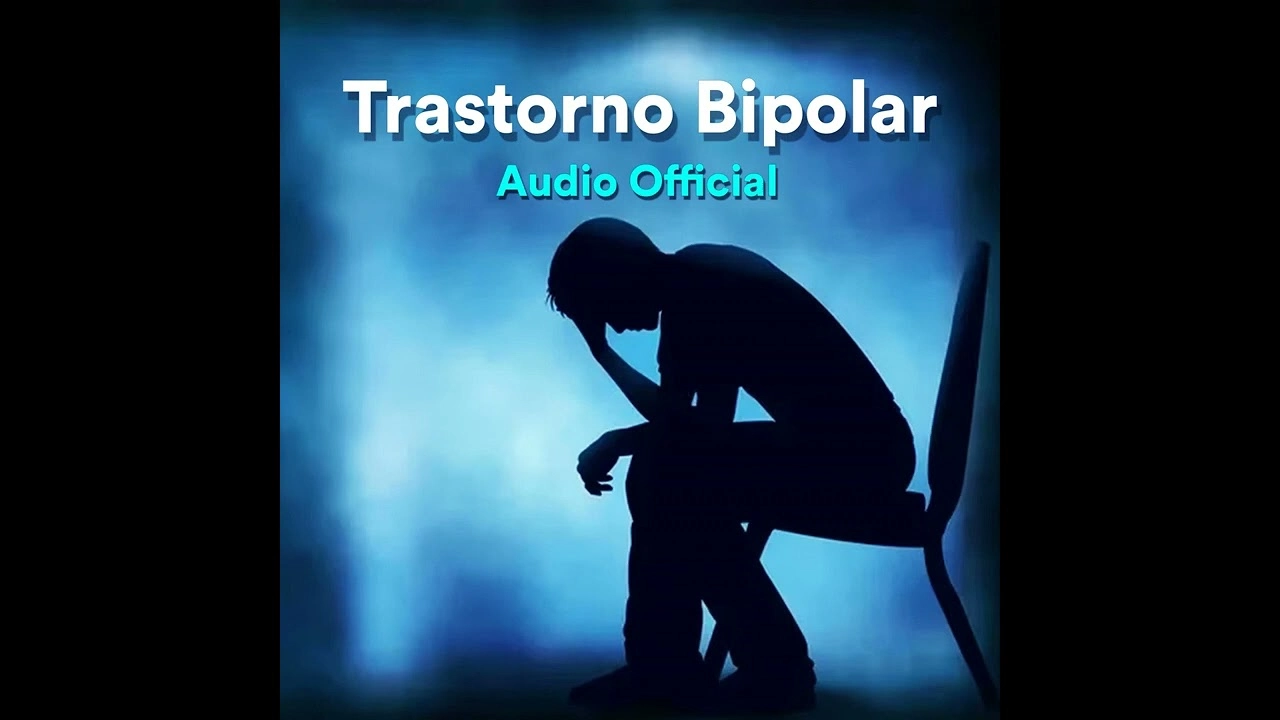Bipolar Eyes Before and After: Many times, mental illness shows itself in little physical forms; the eyes are not an exception. For those with bipolar illness, emotional peaks and valleys may be reflected in facial expressions and even in the eyes.
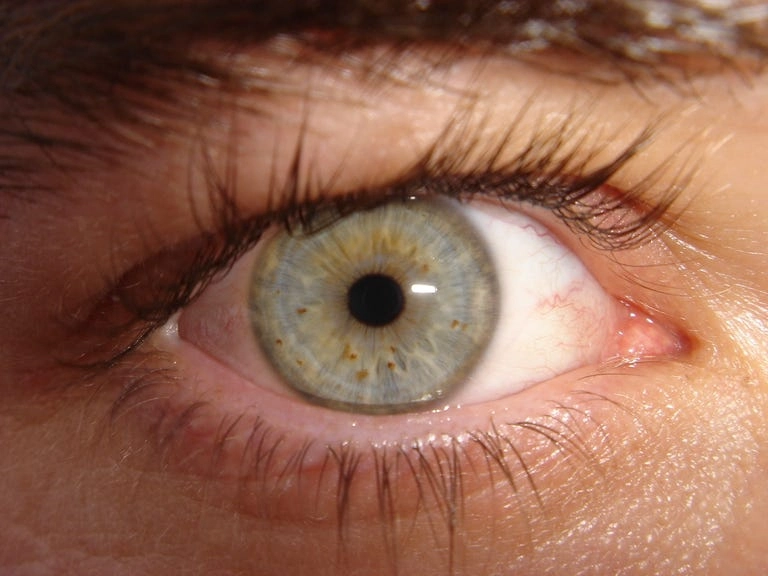
The notion of “bipolar eyes before and after”—which refers to the observable changes in a person’s gaze, eye movement, and expression during several phases of the illness—has gained increasing attention in recent years. This blog post delves into the subject, highlighting what changes happen, why they do so, and what they might reveal about a person’s mental state.
Bipolar Eyes Before and After Refers to What?
The term “bipolar eyes before and after” refers to obvious changes in the eyes or eye expressions of persons with bipolar disorder, especially when comparing their appearance during a manic episode versus a depressive episode, or before treatment versus after stabilization.
Though not medically diagnostic, these observations can frequently be made by close friends or even doctors. Though not an official symptom described in the DSM-5 (Diagnostic and Statistical Manual of Mental Disorders), the notion helps one understand how mental health might influence physical look.
The Underlying Science of Eye Changes in Bipolar Disorder
Alternating bouts of mania (or hypomania) and sadness characterize bipolar disorder, a difficult mood condition. These swings influence brain neurotransmitters, including dopamine, serotonin, and norepinephrine, hence affecting motor control and facial expressions, including the eyes. Typical Eye-Related Changes:
- During manic episodes, dilated or strong stare
- Tired-looking or droopy eyes during depression episodes
- Intermittent eye contact
- Swift blinking or eye darting in increased anxiety
- Puffiness or dark circles brought on by sleep disruptions
Because modifications in eye appearance and behavior usually correspond with the person’s internal mental state, the eyes might be a possible indicator of their emotional health.
Bipolar Eyes in a Manic State Before Treatment
People can exhibit heightened energy, heightened awareness, and strong feelings during a manic episode. These eye-visible signs are:
- Eyes look alert and widely open.
- Overstimulation could make pupils seem more dilated.
- Increased eye movement, like darting from item to object
- Strong or even “piercing” look
- Unusual eye contact: occasionally extended or excessively assured
Given the overbearing intensity they could exhibit, some people describe these manic eyes as “wild,” “excited,” or perhaps “scary.”
Bipolar Eyes in A Depressed Condition
Conversely, throughout a depressive episode, the body’s general energy levels fall dramatically. Eyes likewise reflect increasingly subdued facial expressions. Depressive Eye Visual Characteristics:
- Dull or “lifeless” appearance
- Absence of eye contact or avoidance of eye contact
- Heavy eyelids or a downward look
- Tearfulness or tears
- Puffiness or dark circles caused by tiredness and sleeplessness
These changes can enhance the emotional weight of the depressive state by giving the face a clearly sad or disengaged appearance.
Eyes Heal Before and After Therapy

Among the more positive elements of the bipolar eyes before and after narrative is the metamorphosis resulting from adequate therapy. Once bipolar disease is under control via lifestyle modifications, medication, and therapy, a person’s facial expressions—especially their eyes—often revert to a steadier and “neutral” condition.
Changes following therapy include the following:
- Eyes grow more balanced, neither too tired nor too wide.
- More natural eye contact
- Less visible agitation or inactivity
- Improved sleep leading to reduced puffiness or dark circles
- A kinder, more relaxed stare
These little but significant changes point toward the stabilizing of the brain’s chemical imbalances and general mood.
Emotional Knowledge Through the Eyes
Long considered a non-verbal communication tool by psychologists, the eyes. Through one’s eyes can be reflected the emotional withdrawal of depressive episodes or the emotional intensity of manic episodes in bipolar disorder. This is how trained experts or loved ones might interpret them:
- A manic stare may show irritability or restlessness.
- A withdrawn gaze might imply sadness or emotional numbness.
- Early intervention might be helped by variations in eye expression.
Being attentive can aid families and counselors in more closely tracking mental health, even if eye appearance alone should not be used to make a diagnosis.
Misinformation Regarding Bipolar Eyes
Although the notion of “bipolar eyes” is alluring, it’s critical not to depend just on visual cues in the evaluation of mental health. Some misunderstandings should be clarified here:
Myth 1: Looking at the eyes will help you to diagnose bipolar disorder.
Fact: Using clinical interviews and standards, a licensed mental health expert must diagnose bipolar disorder. Eye changes are observable, not diagnostic.
Myth 2: Eye changes are seen in everyone with bipolar disorder.
Fact: Not everyone displays noticeable alterations. Outward appearance is influenced by personality, cultural context, and severity of symptoms, among other variables.
Myth 3: “Bipolar eyes” always show instability.
Fact: Not only can bipolar episodes cause changes in eye expressions, fatigue, stress, or other medical conditions can also trigger them.
The Part Photography and Journaling Play
To follow changes in facial expressions and eye behavior throughout time, some bipolar disorder sufferers or their carers keep photo journals or video diaries. These tools might be useful for:
- Tracking results both before and after therapy
- Writing down manic or depressive cycles
- Enhancement of self-awareness and monitoring of mental health
These images could bring attention to the bipolar eye’s “before and after,” therefore adding more context during counseling sessions.
Last Thoughts
Although eyes alone cannot identify or diagnose bipolar disorder, seen with emotional behavior, sleep patterns, speech, and energy levels, they may be strong markers. Staying aware and sympathetic helps us to better assist our loved ones or ourselves on the path of mental health rehabilitation.

